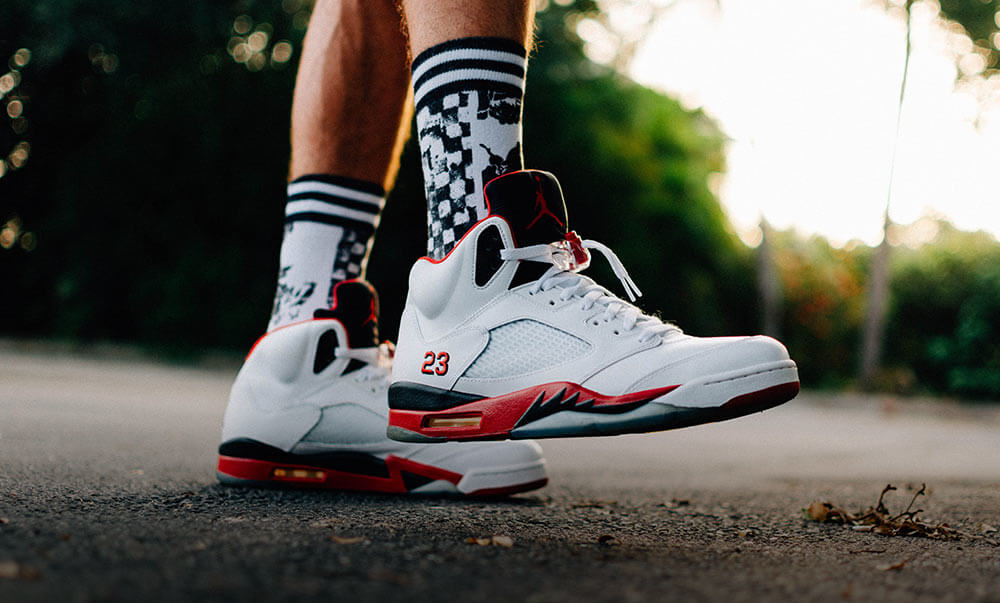Canonical URL/Canonicalization/Canonical Tag
Canonical URL Plays a vital role when it comes to On Page SEO and it can safeguard us from not ranking for valuable content.
So today let’s try to understand every corner of Canonicalization optimization and the best practices to follow in 2024 from the industry experts.
- What is Canonical URL Optimization
- Benefits of Canonicalization
- Mistakes to avoid
- Best practices to follow
What is Canonical URL Optimization?
Canonicalization passes an instruction to web crawlers stating which info is original and which is a duplicate/supporting page from your website. Meaning that if we create two different landing pages and maintain the same/similar content in it. We need to declare which is the duplicate/copy version and which one is the main or original content.
Once passed an instruction to a web crawler via canonical tag, it will consider which page to be prioritized and which one to not? In this way we can increase our keyword positions and visibility across search engines.
Benefits of Canonicalization
There are some useful and meaningful benefits of implementing Canonicalization, some of them are listed below.
- Avoids Duplicate Content Issues: One of the core functionality of Canonicalization is to avoid duplicate content and declaring what is original and important for Crawling.
- Enhanced User Experience: It will not have direct impact but indirectly it will help users to get better experience by ensuring preferred version of a page.
- Improves Crawl Efficiency: It helps to save our crawl budget, instead of crawling all landing pages available on the website it passes instructions to search engine crawlers which page to crawl and which is not.
- Mitigates SEO Issues with Dynamic Canonicals: it solves one of the most common problems for content management systems and e-commerce platforms often generate dynamic Canonicals with parameters.
Use Cases for Canonical Tags
There are many use cases of canonical tags available , some of them are listed below.
- Product Variations: if the same product is available in multiple colors, sizes, or versions.
- Pagination: For paginated content
- HTTP and HTTPS Versions: It helps to specify the preferred protocol version of pages
How to Apply for Multiple URLs
This is one of the most commonly asked and known questions in the industry about how to apply a canonical tag for multiple urls with same/similar content inside.
Let’s say you have three Canonicals:
- https://www.janardhan.digital/page1
- https://www.janardhan.digital/page2
- https://www.janardhan.digital/page3
Assuming that https://www.example.com/page1 is the preferred or canonical version, you would add the following canonical tag to the <head> section of the HTML for pages 2 and 3:
Canonical Code
- Code for page2 → <link rel=”canonical” href=”https://www.janardhan.digital/page1″ />
- Canonical tag for page3 → <link rel=”canonical” href=”https://www.janardhan.digital/page1″ />
In this example it is very clear that page 1 is the preferred version and page 2 & 3 are pointing to page 1.
Mistakes to avoid in canonical Canonical
There are some most common mistakes done by most of the crowd out there, some of them are listed below.
- Incorrect Canonical Canonical: we must ensure which is preferred version and which is duplicate.
- Using Self-Referencing Canonicals Incorrectly: If a page is the preferred version to itself, then we call it as self-referencing canonicals. so we should be clear on this.
- Inconsistent Canonicalization: we should maintain consistency in canonicalization across all landing pages.
- Overlooking HTTPS and HTTP Versions: Ensure the secure version is defined as canonical.
Conclusion
In our final words, Canonical optimization plays an important role and improves organic acquisitions. So play close attention to the same grab more and more eyeballs from search engines today.




